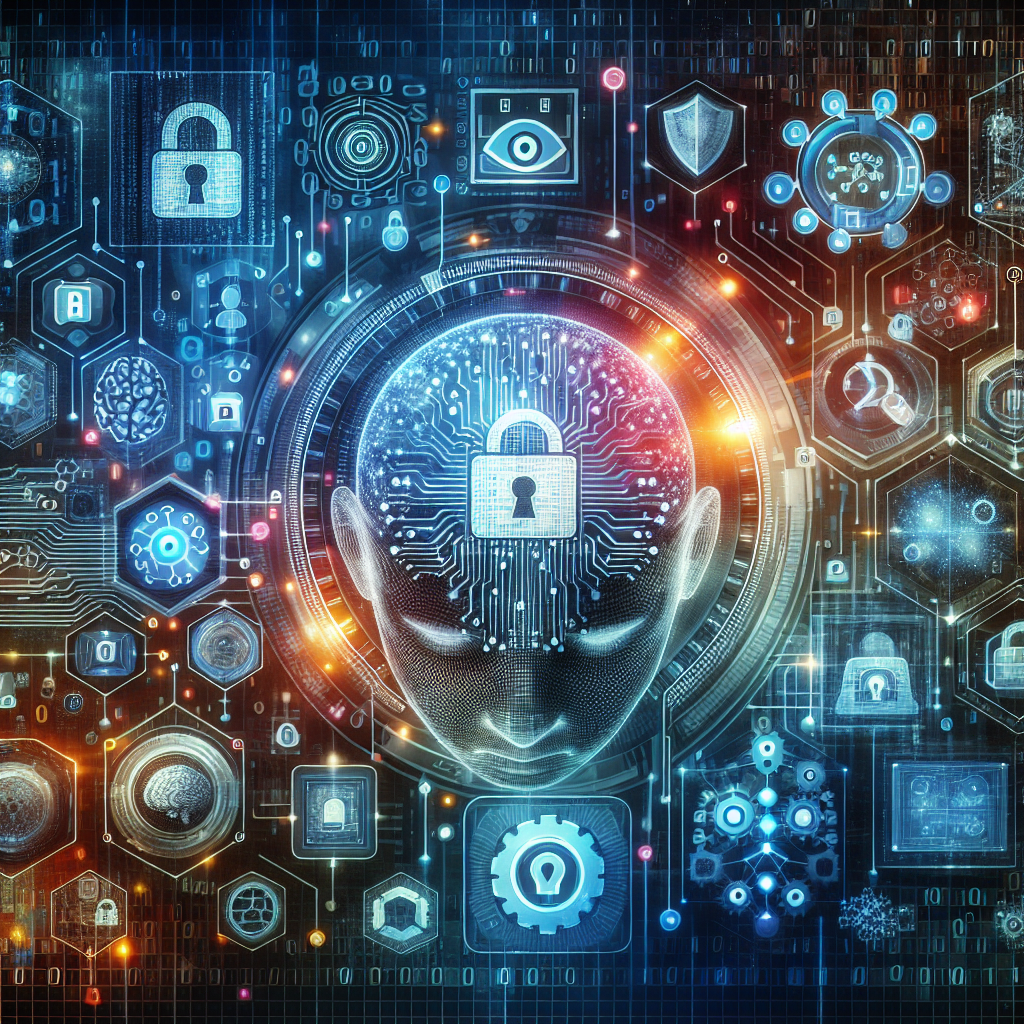As technology continues to advance at a rapid pace, the role of artificial intelligence (AI) in cybersecurity practices is becoming increasingly important. AI has the potential to revolutionize the way we approach cybersecurity, offering new tools and techniques to protect against ever-evolving cyber threats. In this article, we will explore the impact of AI on the future of cybersecurity practices and discuss how it is shaping the way organizations defend against cyber attacks.
The Role of AI in Cybersecurity
AI has the potential to transform cybersecurity practices in a number of ways. One of the key benefits of AI is its ability to analyze vast amounts of data at a speed and scale that human analysts simply cannot match. This allows AI systems to detect patterns and anomalies in data that may indicate a potential cyber threat, enabling organizations to respond quickly and effectively to protect their systems and data.
AI can also be used to automate routine cybersecurity tasks, freeing up human analysts to focus on more complex and strategic activities. For example, AI-powered tools can automatically scan networks for vulnerabilities, identify potential security risks, and even respond to cyber attacks in real time. This can help organizations to improve their overall security posture and reduce the risk of a successful cyber attack.
Furthermore, AI can be used to enhance threat intelligence capabilities, by analyzing large volumes of data from a variety of sources to identify emerging cyber threats and trends. This can help organizations to stay one step ahead of cyber criminals and proactively defend against potential attacks.
Overall, AI has the potential to revolutionize the way organizations approach cybersecurity, offering new tools and techniques to protect against cyber threats. However, it is important to recognize that AI is not a panacea for cybersecurity challenges and there are still limitations and risks associated with its use.
Challenges and Limitations of AI in Cybersecurity
While AI has the potential to enhance cybersecurity practices, there are also a number of challenges and limitations that organizations need to be aware of. One of the key challenges is the potential for AI-powered systems to be exploited by cyber criminals. For example, attackers could use AI to develop more sophisticated and targeted cyber attacks, making it harder for organizations to defend against them.
There is also the risk of AI systems making mistakes or errors in their analysis, leading to false positives or false negatives that could impact the effectiveness of cybersecurity defenses. This is particularly concerning in critical infrastructure sectors, where a single cyber attack could have devastating consequences.
Another challenge is the lack of transparency and accountability in AI systems, which can make it difficult for organizations to understand how decisions are being made and to trust the results. This is a particular concern in the context of cybersecurity, where the stakes are high and mistakes can have serious consequences.
Finally, there are ethical considerations to take into account when using AI in cybersecurity, such as the potential for bias in AI algorithms or the impact on privacy and data protection. Organizations need to ensure that they are using AI in a responsible and ethical manner, in line with regulatory requirements and best practices.
FAQs
Q: How can AI improve threat detection and response in cybersecurity?
A: AI can analyze vast amounts of data to detect patterns and anomalies that may indicate a potential cyber threat, enabling organizations to respond quickly and effectively to protect their systems and data. AI-powered tools can also automate routine cybersecurity tasks, freeing up human analysts to focus on more strategic activities.
Q: What are the limitations of using AI in cybersecurity?
A: Some of the key limitations of AI in cybersecurity include the potential for AI-powered systems to be exploited by cyber criminals, the risk of errors or mistakes in AI analysis, the lack of transparency and accountability in AI systems, and ethical considerations such as bias and privacy concerns.
Q: How can organizations ensure that they are using AI in a responsible and ethical manner in cybersecurity?
A: Organizations can ensure that they are using AI in a responsible and ethical manner by implementing robust governance and oversight processes, conducting regular audits and reviews of AI systems, and ensuring that they comply with regulatory requirements and best practices. It is also important to consider the potential impact of AI on privacy and data protection, and to take steps to mitigate any risks.
In conclusion, AI has the potential to revolutionize the way organizations approach cybersecurity, offering new tools and techniques to protect against cyber threats. However, there are also challenges and limitations that need to be addressed, including the potential for AI systems to be exploited by cyber criminals, the risk of errors or mistakes in AI analysis, and ethical considerations such as bias and privacy concerns. By recognizing these challenges and taking steps to address them, organizations can harness the power of AI to improve their cybersecurity practices and defend against emerging cyber threats.

